What is Traditional Architecture?
Architecture is not just about the design and aesthetics of a structure but more importantly, it is chalking out the functional purpose of it. And as the cliché goes, change is the only constant. And it is the same as the domain of architecture. Like all other disciplines, architecture has tossed and turned over the years to suit the needs of the times. Integral to the cultural, social, religious and geological identity, every country would have specific native architectural practices.
Such a vernacular architecture is commonly categorized as traditional architecture. On the other hand, there is modern architecture. Modern architecture as a movement began in the 20th century. But modern architecture is considered a complete contrary to its traditional counterpart.
Image credits: pinterest.com
What is Modern Architecture?
Unlike the previous variants, modern architecture is characterized by simplification of forms by the elimination of undue ornamentation. Architects and designers who prefer traditional architecture are always at loggerheads with the connoisseurs of modern architecture. One claims to be in a better position than the other in terms of sustainable architectural designs.
Traditional Architecture vs Modern Architecture
While the truth is both modern architecture and traditional one have their own benefits and can be harnessed for living an eco-friendly lifestyle. Let us foray deeper into the advantages both the styles have to offer.
Image credits: pinterest.com
Eco-friendly Technique:
Traditional architecture also known as vernacular architecture majorly swivels around the use of eco-friendly building materials. Today, climate change is a threat staring right through our eyes. Unlike in the case of modern architecture, adapting architecture to local climatic codes serves a great deal in cutting down carbon footprint. This also includes building houses more durable to withstand extreme weather conditions like storms, earthquakes, landslides, etc.
Cost-effective:
Traditional architecture is low on cost since the materials used are mostly local and natural. Unlike in modern architectural designs, the materials required to finish could be expensive. Moreover, the craftsmanship involved does not need hi-tech equipment to process and install as in the case of modern architecture design.
Also, this type of architecture helps in preserving the sense of cultural heritage in a specific region. Using traditional building materials and craftsmanship have definitely proven their durability against the onslaughts of the weather over time.

Aloft London Excel by Architectural Photographer Joas Souza
Image credits: pinterest.com
Energy-efficient and Low Maintenance:
One of the primary facts why traditional construction is preferred is that it employs energy-efficient materials than modern architecture. It is generally considered more durable than modern architecture. For example, structures like stone boundaries can endure a thousand years or more with very minimal or almost no maintenance. Today’s modern architecture designs tend to last only a generation or even less before calling for costly maintenance.
Natural Building Materials:
Traditional architecture is essentially different from modern architecture in terms of the materials and methods of construction and their durability. The materials are energy-efficient materials, in the following ways:
(1) unlike in modern architecture, materials are drawn from earth which needs very little refinement comparatively;
(2) in terms of the relative ease with which they were acquired, prepared for use in construction,
(3) in terms of the energy needed to carry them from their point of origin through the site of construction; and
(4) in terms of the energy required to keep them maintained. In addition, as mentioned before, traditional architecture as against modern architecture relies on an integral relationship between structure and its environment.
In a simpler sense, in contrast to most modern architecture, the walls of a traditional building also hold the building up. Prior to the era of modern architecture, due to lack of mechanization, structures were typically made up of materials that were also part of the surrounding, usually mud, bricks, blocks or stones piled upon one another in compression. Whereas the modern architecture makes use of steel or concrete structural frame, a practice generally not as robust as traditional construction because the constituent parts of the building are not integral.
This aspect of modern architecture allows water penetration that ultimately weakens the structure over time. But all of this still does not roll away modern architecture from the architectural landscape. The very focus of modern architectural designs is the functional purpose of the structure, and simplified forms. Minimalism is the thing to look for in modern architectural styles. Modern architecture is composed of angular frames, low profiles, geometrical and abstract inclusions in textiles, upholstery, etc. But modern architecture does not mean to do away with natural materials completely. Linen, leather, teak wood, etc. find a commonplace even in modern architecture designs.
See also – Differences Between Traditional Homes and Modern Homes
Image credits: pinterest.com
Contemporary Solution:
Modern architecture is considered a more suitable option for modern lifestyle by many. As modern architecture designs are a conscious effort to present relevant and practical architectural solutions. It emphasizes on the use of innovation for a modern and sustainable lifestyle. Let us take a glance at highlights of modern architecture.
See also – 8 Tips for Contemporary Interior Design
Multi-utilitarian Designs:
Modern architecture uses straight and curved lines to make a versatile living space. Since modern architecture designs are a blend of curved and straight lines, it lets space be modified as and when required. The relative simplicity of an open floor plan in a modern architecture design lets space be easily adjusted with the help of movable furniture or storage spaces.
Image credits: pinterest.com
Smarter Technologies:
With advancements in technology and innovations, even modern architecture tends to use materials that are energy-efficient and low-maintenance. Certain modern architecture designs include the usage of unconventional energy sources like solar power, rainwater harvesting etc. This helps in saving a lot of money on bills.
Environment-conscious Architecture:
Modern architecture also greatly focuses on interplay between man and environment in a given space. It thoughtfully includes plants and greenery to add calmness and freshness within the living spaces. Another aspect of modern architecture is large inlets for air and light. The modern architecture styles will have large window frames enabling panoramic views and natural ambient lights.
Though these modern architecture styles might be little tricky to be incorporated in populated areas keeping privacy in mind. But with smarter modern architecture designs in trend today, home owners can take a 3d walkthrough on online tools. This lets them have a preview of how their house would appear after the final construction.
Image credits: pinterest.com
A common misconception among the populace is that modern architecture is cold. By this they mean that all the straight lines, simplified forms and geometrical elements in modern architecture designs give them a clinical look and feel. However, there is another lot that argue the opposite. A good number of modern architecture designs involve components like wood and stone which are reckoned as warm and inviting.
But the real solution to all the confusion is choosing the middle path. Yes, both traditional architecture and modern architecture can blended together to give a unique expression to your structure. Modern architecture could co-exist with the traditional style when the proportion is thoughtfully worked out to get the best of both design worlds.
See also – Architectural Tools and Software








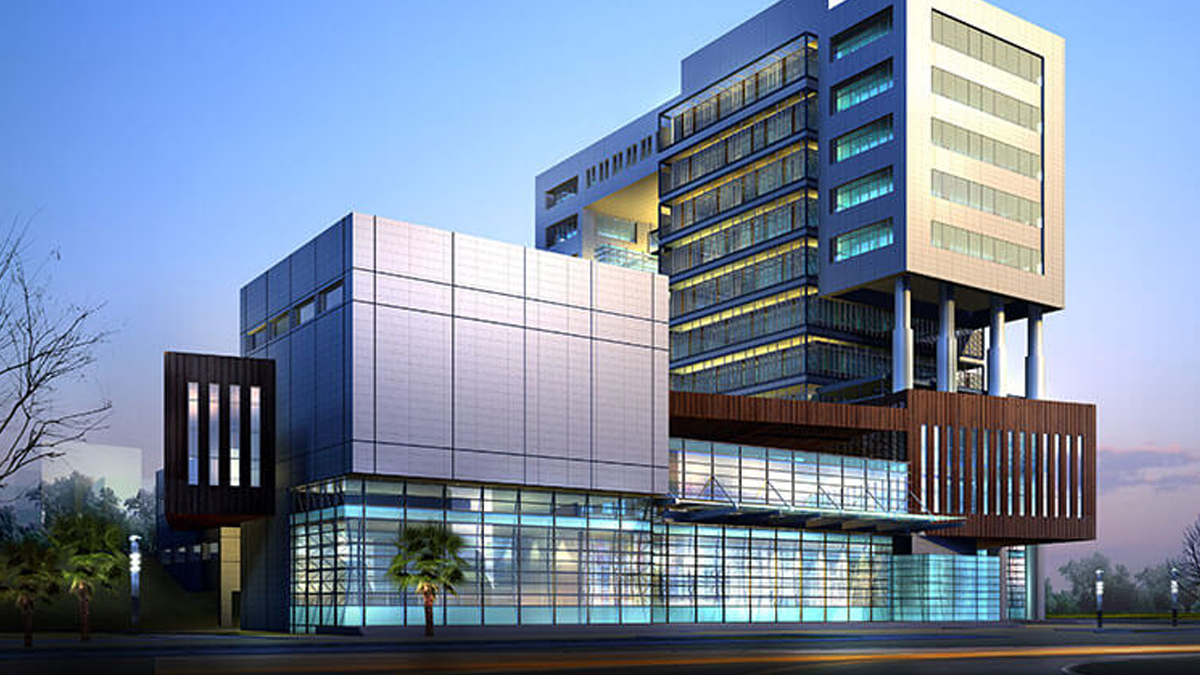
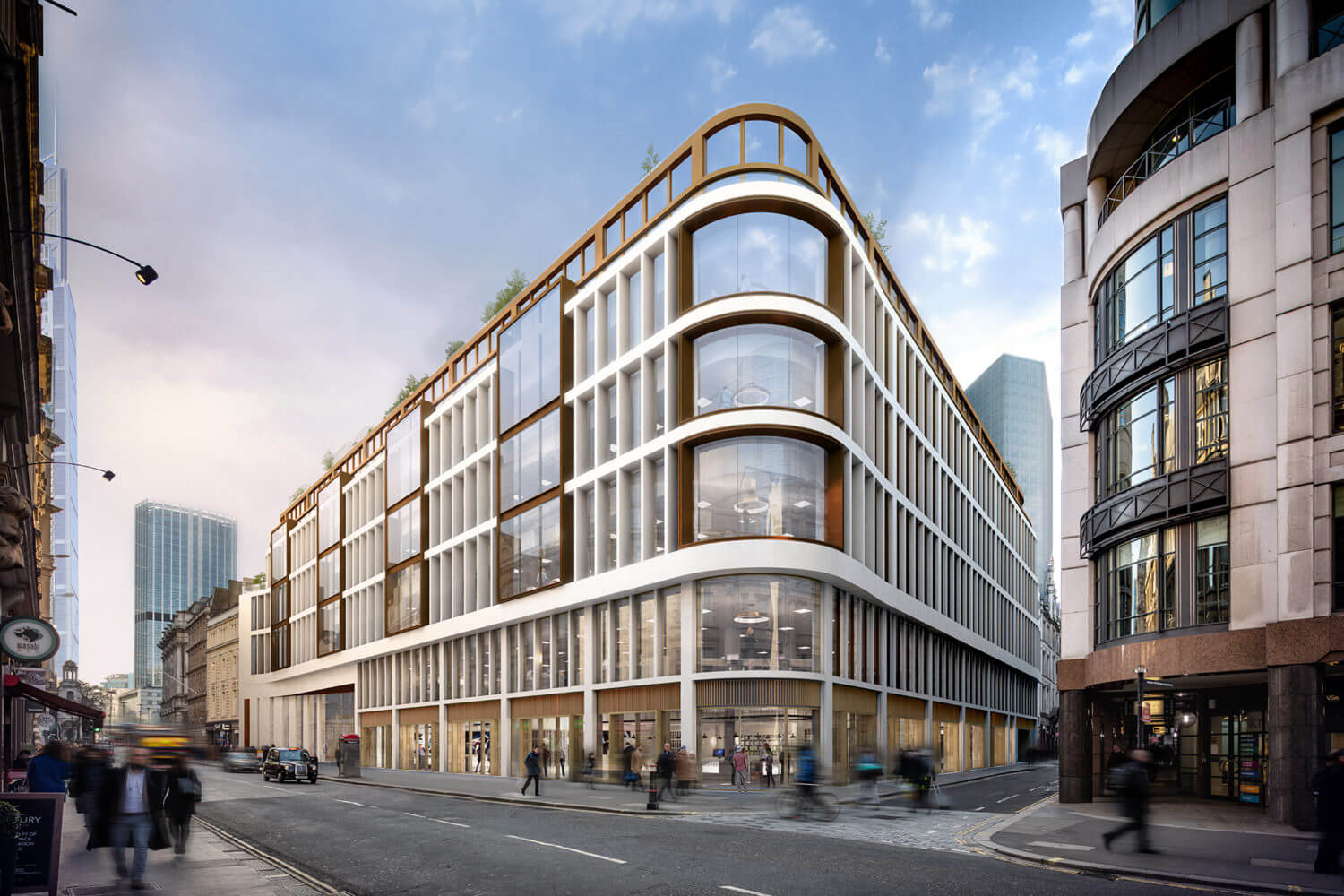

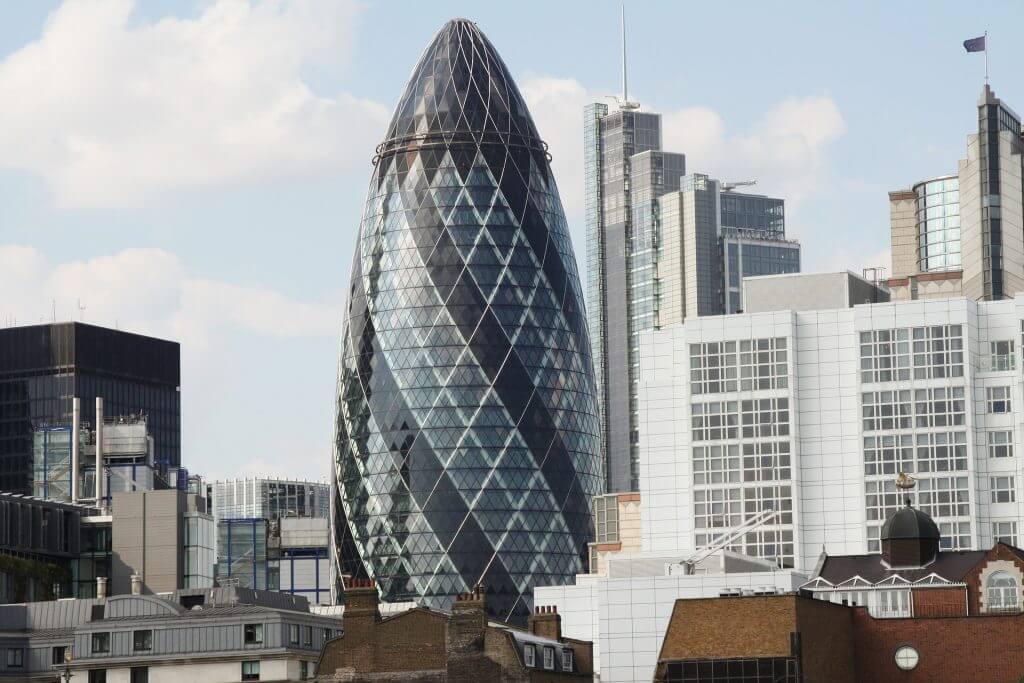
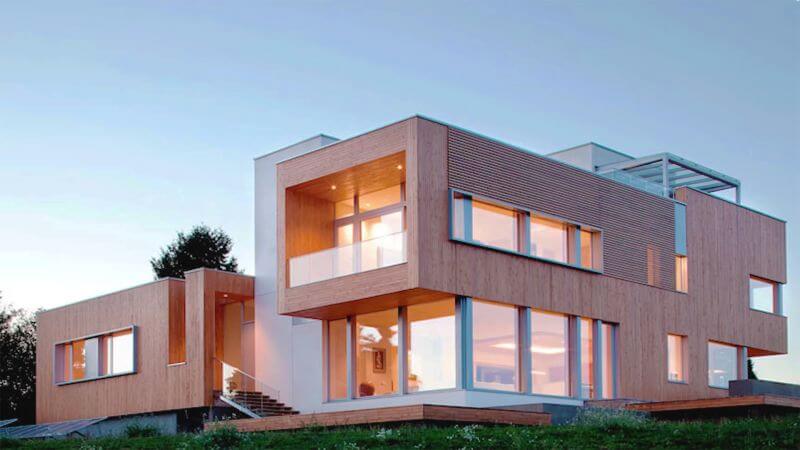
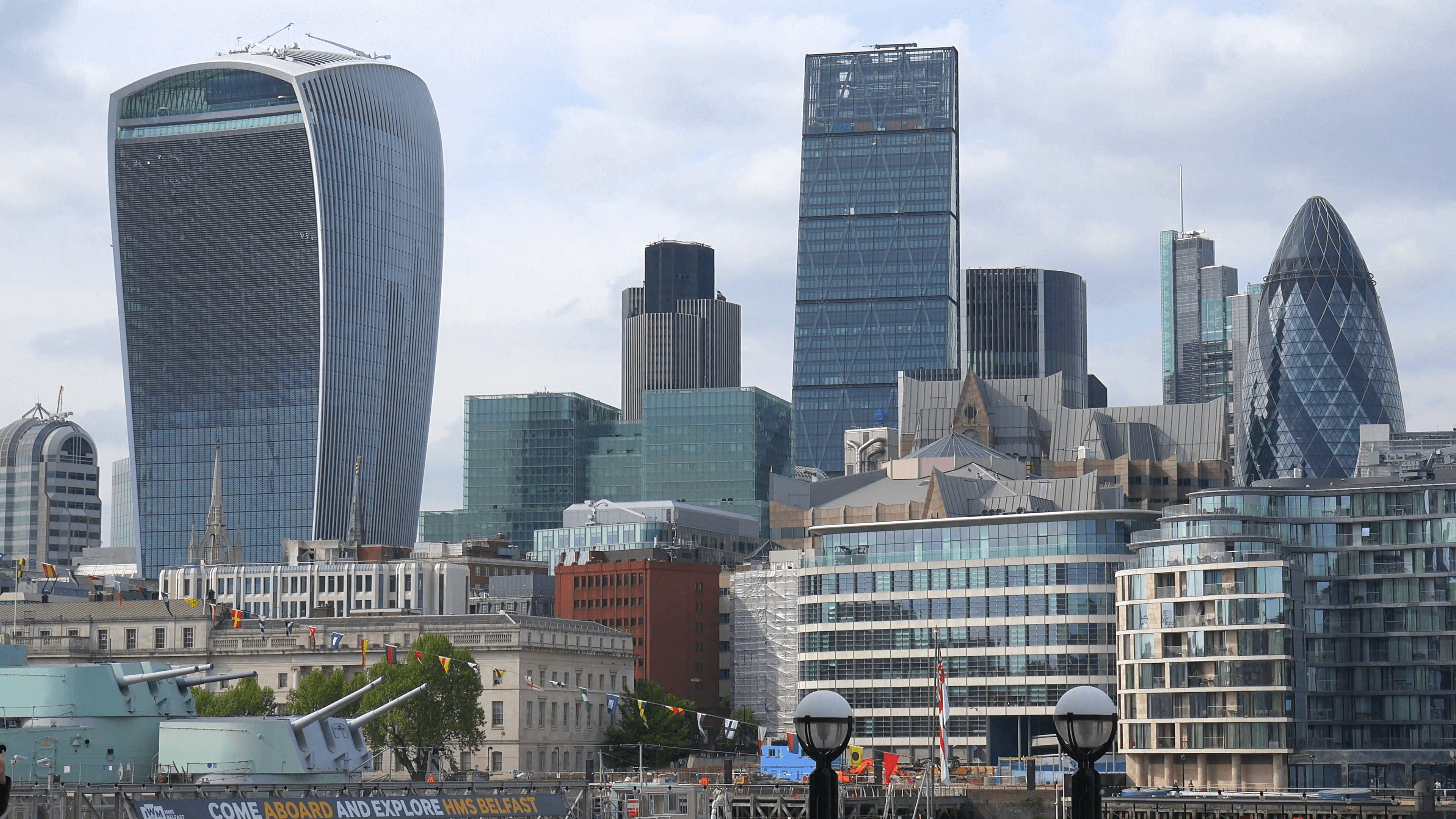
Leave A Reply